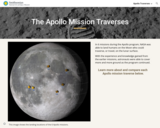
Compare each Apollo mission traverse on foot and with the Lunar Rovers.
- Subject:
- History
- Physical Science
- Material Type:
- Activity/Lab
- Provider:
- National Air and Space Museum
- Author:
- National Air and Space Museum
- Date Added:
- 09/06/2022

Compare each Apollo mission traverse on foot and with the Lunar Rovers.
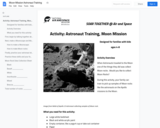
This family activity trains you on how to pick up samples of Moon rocks like the Apollo astronauts.
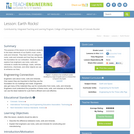
The purpose of this lesson is to introduce students to the basic elements of our Earth's crust: rocks, soils and minerals. They learn how we categorize rocks, soils and minerals and how they are literally the foundation for our civilization. Students also explore how engineers use rocks, soils and minerals to create the buildings, roads, vehicles, electronics, chemicals, and other objects we use to enhance our lives.
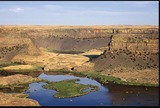
The Fourth Grade Elementary Framework for Science and Integrated Subjects, What Happened at Dry Falls?, uses the phenomena of a local Washington landform to explore erosion from the Ice Age Floods. It is part of Elementary Framework for Science and Integrated Subjects project, a statewide Clime Time collaboration among ESD 123, ESD 105, North Central ESD, and the Office of Superintendent of Public Instruction. Development of the resources is in response to a need for research- based science lessons for elementary teachers that are integrated with English language arts, mathematics and other subjects such as social studies. The template for Elementary Science and Integrated Subjects can serve as an organized, coherent and research-based roadmap for teachers in the development of their own NGSS aligned science lessons. Lessons can also be useful for classrooms that have no adopted curriculum as well as to serve as enhancements for current science curriculum. The EFSIS project brings together grade level teams of teachers to develop lessons or suites of lessons that are 1) pnenomena based, focused on grade level Performance Expectations, and 2) leverage ELA and Mathematics Washington State Learning Standards.
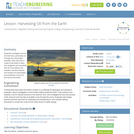
In this lesson, students investigate sources of fossil fuels, particularly oil. Students will learn how engineers and scientists look for oil by taking core samples from a model of the Earth. Also, students will explore and analyze oil consumption and production in the United States and around the world.
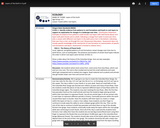
In this lesson students will learn about rock formations and fossils within rock layers. Includes video links, discussion, and activity instructions.
NGSS: 4-ESS1-1
Time: 1 hour
Materials: bucket of clay and plastic animals
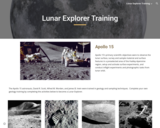
The Apollo 15 astronauts were trained in geology and sampling techniques. Complete your own geology training by completing these activities to become a Lunar Explorer.
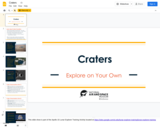
Crater Formation slides that support the Lunar Explorer Training Unit
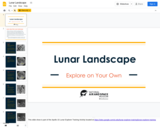
Study geologic formations to learn more about what Al Worden saw as he flew over the Moon. Part of the Lunar Explorer Training Unit
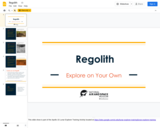
Regolith slides and activity that explore how regolith is created and its presence on the Earth, the Moon, and Mars. These slides support the Lunar Explorer Training Unit
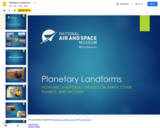
Presentation on how landformsare are created on Earth, other planets and our Moon. Supports Planetary Landforms Lesson and Learning Lab
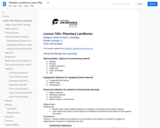
Lesson on how landforms are created on Earth, other planets and our Moon. Supports Planetary Landforms Lesson and Learning Lab
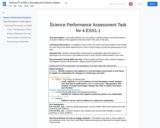
This performance assessment aligns with NGSS Performance Expectation 4.ESS1.1 and is intended to be used as an interim assessment. These assessments can either be used summatively, as an end of learning activity, or formatively, utilizing student responses to identify next instructional steps.
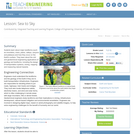
In this lesson, students learn about major landforms (e.g., mountains, rivers, plains, valleys, canyons and plateaus) and how they occur on the Earth's surface. They learn about the civil and geotechnical engineering applications of geology and landforms, including the design of transportation systems, mining, mapping and measuring natural hazards.
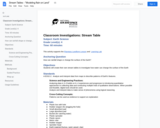
Stream Table activity in support of the Planetary Landforms Lesson and Learning Lab
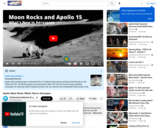
During Apollo 15 astronauts James Irwin and Dave Scott found a rock on the Moon that became known as the Genesis Rock.